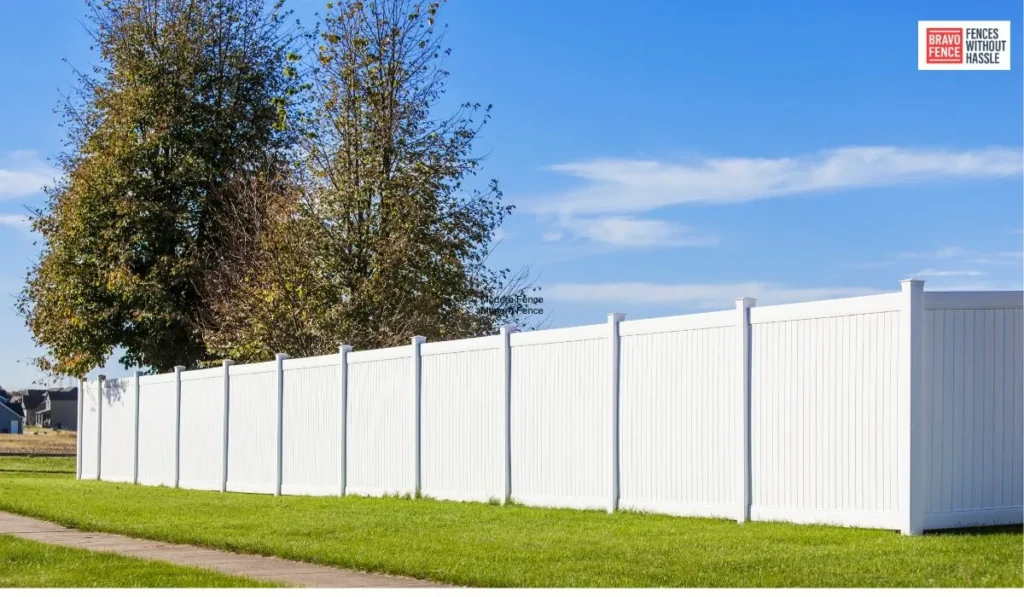Barb wire fencing has been a staple in perimeter security for centuries, offering a robust and cost-effective solution to safeguarding properties, livestock, and agricultural land. This comprehensive guide will walk you through the essential aspects of barb wire fencing, from installation techniques to the myriad benefits it provides.
Understanding Barb Wire Fencing
Components of Barb Wire Fencing:
Barb wire fencing consists of several key components, including the wire itself, barbs, posts, and other supporting materials. The wire is typically made of high-tensile steel, ensuring durability and longevity. Barbs, which are sharp projections attached to the wire at regular intervals, act as a deterrent against intruders.
Types of Barb Wire:
There are various types of barb wire, each designed for specific purposes. Common types include single-strand, double-strand, and triple-strand configurations. The choice depends on the level of security required and the type of threat the fence is intended to deter.
Posts and Supports:
Proper installation requires sturdy posts and supports. Depending on the terrain and preferences, wooden, steel, or concrete posts can be used. Corner and end posts should be particularly robust to ensure the structural integrity of the entire fence.
Installation Process
Planning and Surveying:
Before installation, conduct a thorough survey of the area to be fenced. Identify boundaries, potential obstacles, and the type of terrain. A well-thought-out plan will streamline the installation process and enhance the effectiveness of the fence.
Marking and Digging:
Mark the positions for corner, end, and line posts. Dig holes for the posts, ensuring proper depth and alignment. Corner and end posts should be set deeper for added stability.
Setting Posts:
Place the posts in the holes and fill them with concrete or compacted soil. Ensure the posts are level and aligned according to the survey. Allow time for the concrete to cure before proceeding.
Attaching Wire and Barbs:
Unroll the barbed wire along the fence line, attaching it securely to each post. Carefully install the barbs at regular intervals, maintaining uniform spacing. Tension the wire properly to prevent sagging.
Securing Corners and Ends:
Corner and end posts require additional bracing to withstand tension. Install braces diagonally from the top of the corner post to the bottom of the adjacent line post. This will help distribute the strain evenly.
Gates and Access Points:
If gates or access points are needed, install them securely and consider incorporating additional security measures, such as padlocks or electronic access control systems.
Benefits of Barb Wire Fencing
Cost-Effective Security:
Barb wire fencing provides a cost-effective solution for securing large areas. It is relatively inexpensive compared to other security measures and requires minimal maintenance.
Deterrence Against Intruders:
The sharp barbs act as a strong deterrent, discouraging unauthorized entry. Barb wire fencing is an effective tool for protecting agricultural land, industrial facilities, and other properties.
Livestock Containment:
Barb wire fencing is commonly used in agriculture to contain livestock. Its robust design helps prevent animals from escaping, reducing the risk of damage to crops and neighboring properties.
Versatility:
Barb wire fencing can be adapted to various terrains and purposes. It is suitable for both flat and hilly landscapes and can be customized to meet specific security needs.
Longevity and Low Maintenance:
High-quality materials and proper installation contribute to the longevity of barb wire fencing. With minimal maintenance requirements, it offers a reliable and durable solution for long-term security.
Maintenance Tips and Safety Considerations
Regular Inspections:
Conduct regular inspections of the entire fence to identify any signs of wear, damage, or loose components. Promptly address any issues to maintain the fence’s effectiveness.
Vegetation Management:
Keep the area around the fence clear of vegetation. Overgrown plants can not only hide potential breaches but also contribute to the fence’s deterioration over time. Regularly trim vegetation to ensure clear visibility and prevent damage.
Rust Prevention:
If the barb wire fencing is made of steel, rust can be a concern. Apply a rust-resistant coating or paint to protect the wire and posts from corrosion. This step is especially crucial in areas with high humidity or proximity to saltwater.
Safety Measures:
Exercise caution when installing and maintaining barb wire fencing. The sharp barbs can cause injury if mishandled. Always wear appropriate protective gear, such as gloves and safety glasses, during installation and maintenance tasks.
Signage and Visibility:
Clearly mark the presence of barb wire fencing with warning signs. This is not only a legal requirement in many areas but also essential for preventing accidental injuries. Enhance visibility by using brightly colored markers or reflective materials.
Legal Considerations
Local Regulations:
Before installing barb wire fencing, familiarize yourself with local regulations and zoning laws. Some areas may have restrictions on the height and design of fences, and violating these regulations could lead to fines or other penalties.
Liability Issues:
Be aware of potential liability issues associated with barb wire fencing. In some cases, property owners may be held responsible for injuries caused by the fence. Taking appropriate safety measures and adhering to local regulations can mitigate these risks.
Upgrades and Alternatives
Electric Fence Integration:
For enhanced security, consider integrating an electric fence with the barbed wire. Electric fences deliver a non-lethal shock, further deterring intruders and providing an additional layer of protection.
Anti-Climbing Measures:
To prevent unauthorized individuals from climbing over the fence, add anti-climbing measures such as fence toppers or angled extensions. These modifications can enhance the security of the barb wire fencing.
Conclusion
Barb wire fencing remains a practical and popular choice for securing properties and managing livestock. Understanding the components, proper installation techniques, and the numerous benefits it offers will empower property owners to make informed decisions about implementing this time-tested security solution. Whether safeguarding farmland, industrial facilities, or other valuable assets, barb wire fencing continues to stand as a formidable barrier against unauthorized access.
As property owners navigate the complexities of security measures, a well-maintained and properly installed barb wire fence remains a steadfast option for securing borders and boundaries. For personalized advice, inquiries, or professional installation services, feel free to contact Bravo Fence Company. They specialize in providing expert guidance and solutions to meet your specific fencing needs.
FAQs
What are the critical components of barbed wire fencing?
Barb wire fencing consists of high-tensile steel wire, sharp barbs at regular intervals, and supporting materials such as posts, which can be made of wood, steel, or concrete.
What are the different types of barbed wire?
Common types include single-strand, double-strand, and triple-strand configurations, each designed for specific security purposes.
What materials are suitable for posts and supports in barb wire fencing?
Wooden, steel or concrete posts can be used, with corner and end posts requiring extra sturdiness for structural integrity.
What steps are involved in planning and surveying before installation?
Conduct a thorough area survey and identify boundaries, obstacles, and terrain types to create a well-thought-out plan for streamlined installation.
How are posts set during installation?
Place posts in pre-dug holes, ensuring proper depth and alignment. Corner and end posts should be set deeper for added stability.
How can corners and ends be secured for added stability?
Install braces diagonally from the top of the corner post to the bottom of the adjacent line post to distribute tension evenly.
What considerations should be made for gates and access points?
Gates should be securely installed, and additional security measures like padlocks or electronic access control systems can be incorporated.
How does barb wire fencing offer cost-effective security?
Barb wire fencing is relatively inexpensive compared to other security measures and requires minimal maintenance, providing a cost-effective solution for securing large areas.
How does barb wire act as a deterrent against intruders?
Sharp barbs discourage unauthorized entry, making barb wire fencing effective for protecting agricultural land, industrial facilities, and other properties.
Why is barb wire fencing commonly used in agriculture?
It helps contain livestock, prevents animals from escaping, and reduces the risk of damage to crops and neighboring properties.
How versatile is barb wire fencing?
It can be adapted to various terrains and purposes, suitable for both flat and hilly landscapes, and can be customized to meet specific security needs.
What are the recommended maintenance tips for barb wire fencing?
Regular inspections, vegetation management, rust prevention, and adherence to safety measures such as wearing protective gear during installation and maintenance.
Why is signage and visibility necessary for barbed wire fencing?
Clear marking with warning signs is essential for legal compliance and preventing accidental injuries. Brightly colored markers or reflective materials enhance visibility.
What should be considered regarding local regulations before installing barb wire fencing?
Familiarize yourself with local regulations and zoning laws, as some areas may have restrictions on the height and design of fences.
What liability issues might be associated with barb wire fencing?
Property owners should be aware of potential liability issues, and taking appropriate safety measures and adhering to local regulations can mitigate these risks.
How can electric fence integration enhance security?
Integrating an electric fence with barb wire provides a non-lethal shock, deterring intruders and adding an extra layer of protection.






